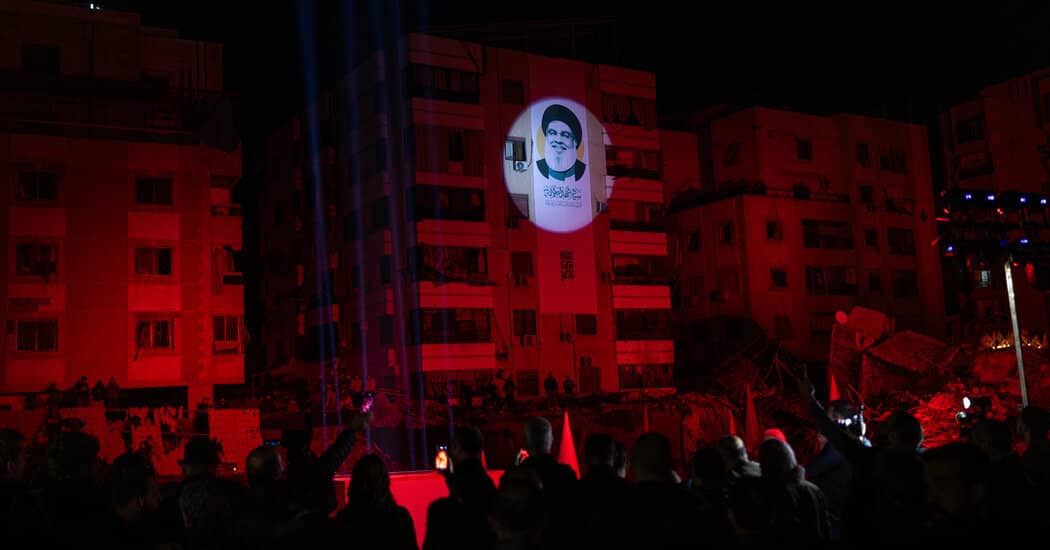A Times investigation shows how extensively Israel penetrated the Lebanese militia, closely tracking the group’s commanders and culminating in the assassination of its leader, Hassan Nasrallah.
A Times investigation shows how extensively Israel penetrated the Lebanese militia, closely tracking the group’s commanders and culminating in the assassination of its leader, Hassan Nasrallah.
Mark MazzettiSheera Frenkel and Ronen Bergman
Reporting from Tel Aviv and Jerusalem
Right up until he was assassinated, Hassan Nasrallah did not believe that Israel would kill him.
As he hunkered inside a Hezbollah fortress 40 feet underground on Sept. 27, his aides urged him to go to a safer location. Mr. Nasrallah brushed it off, according to intelligence collected by Israel and shared later with Western allies. In his view, Israel had no interest in a full-scale war.
What he did not realize was that Israeli spy agencies were tracking his every movement — and had been doing so for years.
Not long after, Israeli F-15 jets dropped thousands of pounds of explosives, obliterating the bunker in a blast that buried Mr. Nasrallah and other top Hezbollah commanders. The next day, Mr. Nasrallah’s body was found in an embrace with a top Iranian general based in Lebanon. Both men died of suffocation, the intelligence found, according to several people with knowledge of it.
It was also the result of two decades of methodical intelligence work in preparation for an all-out war that many expected would eventually come. A New York Times investigation, based on interviews with more than two dozen current and former Israeli, American and European officials who spoke on the condition of anonymity to discuss classified operations, reveals just how extensively Israeli spies had penetrated Hezbollah. They recruited people to plant listening devices in Hezbollah bunkers, tracked meetings between one top commander and his four mistresses, and had near constant visibility into the movements of the militia group’s leaders.
We are having trouble retrieving the article content.
Please enable JavaScript in your browser settings.
Thank you for your patience while we verify access. If you are in Reader mode please exit and your Times account, or for all of The Times.
Thank you for your patience while we verify access.
Want all of The Times? .
Source: www.nytimes.com
